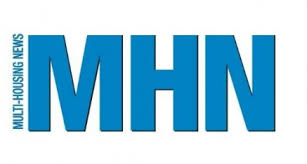Inclusive Hospitality
Changing the status quo
At its core, the travel industry encourages new experiences and exploration. It invites guests to find comfort in unknown terrain and discover a sense of belonging amongst new people. Unfortunately, the travel industry has not historically operated in the same welcoming inclusivity that it promotes. “This world is a diverse one—so how could the very […]





